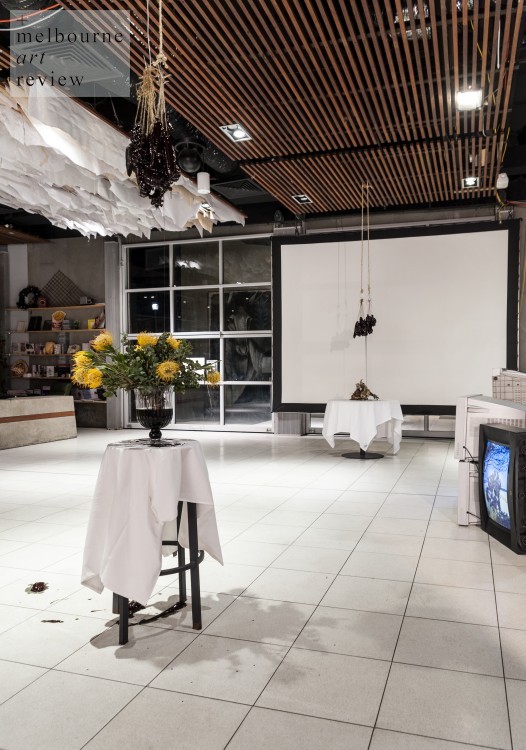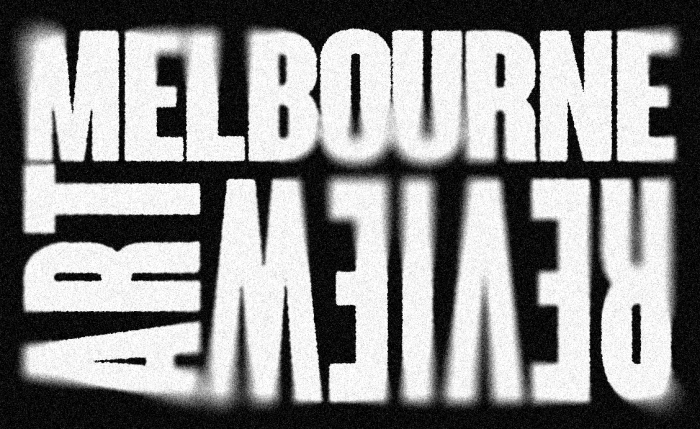Share this:
Interview with Siying Zhou
9 February 2015 Comment
+Melbourne Art Review: Thanks so much for chatting with us Siying. We saw your exhibition, “The Consequences Of Success” at the Food Court late last year / early this year and we were captivated by the work. Can you tell me a little bit about your practice?
Siying Zhou: ”My art is multi-disciplinary. I use a wide variety of media in my practice, including live performance, digital videos, sound installation, embroidery, drawing and soft sculptures. I prefer to allow my subjects to define media of my artwork. My current primary subject is to explore melancholia in Australian culture, cultural identity as seen through the eyes of a Chinese migrant and Australia’s disconnection with its native land.
My work is often initiated from an idea or a query that I encounter from life occasions. I would transfer the thoughts about the idea and possible answers to the question into visual materials, such as sketches, sculptures, photographs or words. Meanwhile, I conduct paper research on the subject and refer to the artworks that have discussed similar ideas. From both making and paper research, I develop and refine the content of my work, decide on the media and envision the work’s final form. In the process of developing work, I like to create a series of works under one subject and try different approaches and apply various media. I have found it difficult to draw the finishing line when I develop and produce a body of work. I may stop making one work when I believe it has carried out most of my thoughts and ideas. However, I will start to make another work about the same subject but from a different approach.”
+mar: How did you start creating? How did you find yourself here?
SZ: “I think I started young. From the age of 13, I received academic art training at a school specializing in visual art in China. Back then, art education mainly was focused on the technique of European life drawing, sketching and realistic painting. There was not much requirement for creativity. Art making was all about recording what you see or copying prints from catalogues. It was a passive process.
I reckon that I started a ‘real sense of creating’ in the last year of my bachelor studies in China in the class given by a visiting lecturer from Amsterdam Art Institute. In that class, I produced a sound installation and found the method of developing art from personal interests and trivia in life.
I came to Australia in 2003. The nearly 12 year long experience of studying, working and living in Australia has no doubt enriched and professionalized my art practice to a significant level. In the last five years, I worked as Program Manager at Northern Centre for Contemporary Art (former 24HR Art) in Darwin, the Northern Territory, as an independent curator and as Team Leader at the Australian pavilion in the Venice Biennale 2013. These experiences have offered me great insights into Australian and international contemporary art and inspiration and motivation to work on my own art. I am currently studying and developing artworks in the course of Master of Contemporary Art at Victoria College of the Arts.”
+mar: Wow, those are incredible credentials. So, apart from these impressive positions, how do you keep your practice sustainable?
SZ: “I do not know if my practice has been sustainable, as I did have an unproductive period of time in my late 20’s. In my opinion, in order to keep an art practice sustainable, you need the commitment to giving time for art making and a philosophic and positive view on your achievement as an artist.”
+mar: Lots of artists go through these rough or unproductive times. What, in your opinion is one of the biggest challenges in being an artist in Melbourne? Do you have any advice for other creatives?
SZ: “I don’t know if I am at a position to give advice to anyone. Speaking from my own experience, I would say to other emerging creatives/undergrad students: make art for yourself.
In Melbourne where there are so many art events, art exhibitions, opinions on the arts and advertisement for arts, I have found that it is an exciting place to live but at the same time it can be difficult to stay focused on my art practice and to keep my own pace of art making and not to be influenced by transient public interests in arts and trends.”
+mar: What’s your favourite hang out in Melbourne?
SZ: “Being a new resident in Melbourne, I still have lots of places to discover. So far, my favorite bar is the Standard Hotel, Fitzroy. I feel comfortable with its open, lively and welcoming atmosphere. The remaining Victorian features seemingly lead you to step back to old times and create a bubble for visitors to escape into from the outside world.”
+mar: Do you have a favourite local artist?
SZ: “I guess “local” means Melbourne? I am seemingly always impressed by Simon Pericich’s works.”
+mar: Who, or what else inspires you?
SZ: “Fiona Hall has been my biggest inspiration for years. I admire her way of making art. She insists on hand making every piece of work by herself. Her works are sophisticated but not abstruse. There is not just art in her work. You can read biology, ecology, social science, history and humor in her works.”
+mar: Can you tell us a bit more about “The Consequences of Success”?
SZ: “My exhibition “The Consequences of Success” at the Food Court ARI comprised three different works: a video installation, ephemeral sculptures and a site-specific work in the Food Court, Docklands. 5 T.V screens showed manipulated and distorted landscape images. There were black toffee sculptures of five common fruit and vegetables; as well as the installation of real fruit and vegetables mounted on thin skewers inside the Food Court’s window spaces.
The exhibition invited audiences to contemplate the idea of nature and the Australian natural environment. It attempted to uncover the violence embedded in basic human activities of survival and environmental change - the aftermath of distortion, melting and piercing. Over the last two centuries, Australia’s natural environment has been dramatically transformed by the human activity of ‘home making’. Since the colonial period, European farming and cultivation of ‘foreign’ food and the construction of urban spaces has dramatically changed Australia’s ‘native’ ecosystem and caused the extinction of many native plants and animals. Today, these native lives are promoted as the political symbols of Australian nationalism, as well as exotic commercial products for a niche market. I intended to send a reminder that Australia is a place made from an ‘imported culture and bring awareness to the fact that very little of everyday life in Australia, including the food that we consume, originates here. I suggested that this fracture between society and the ‘native’ ecosystem was the cause of deep melancholy.”
+mar: What are you working on next?
SZ: “I continue working on my current primary subject. I hope that through the accumulation of knowledge on Australian history and Australian native land, I will create a series of work that has both meaningful content and aesthetic.”
+mar: Incredible - thank you so much for chatting with us.
Siying Zhou
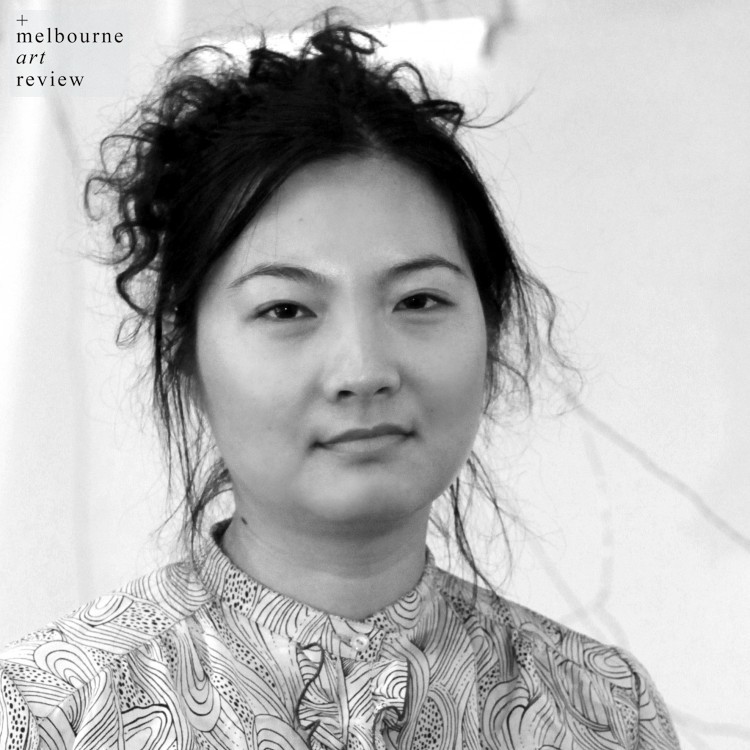
Installation view, The Consequences of Success at the Food Court ARI, 2014
Photograph by Brent Edwards
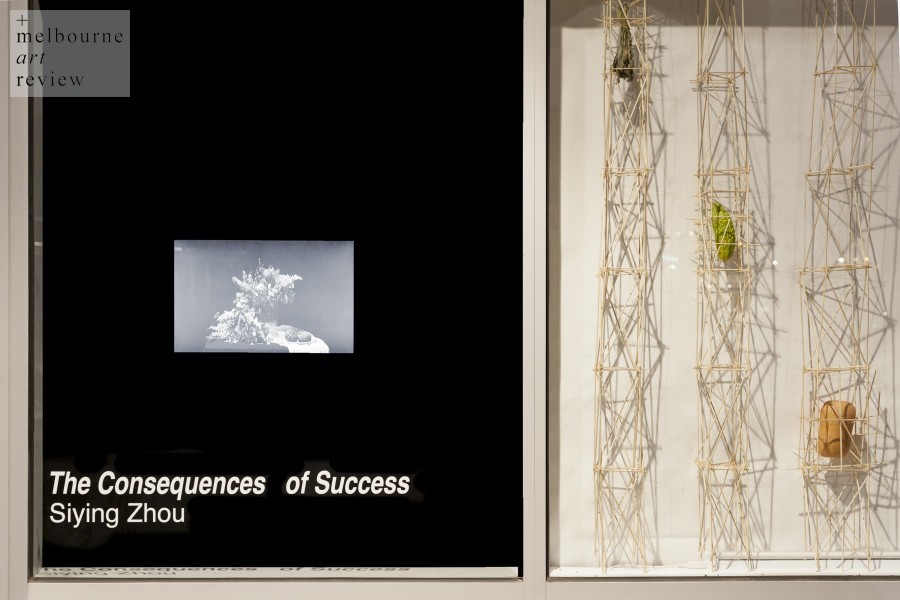
Installation view, The Consequences of Success at the Food Court ARI, 2014
Photograph by Brent Edwards
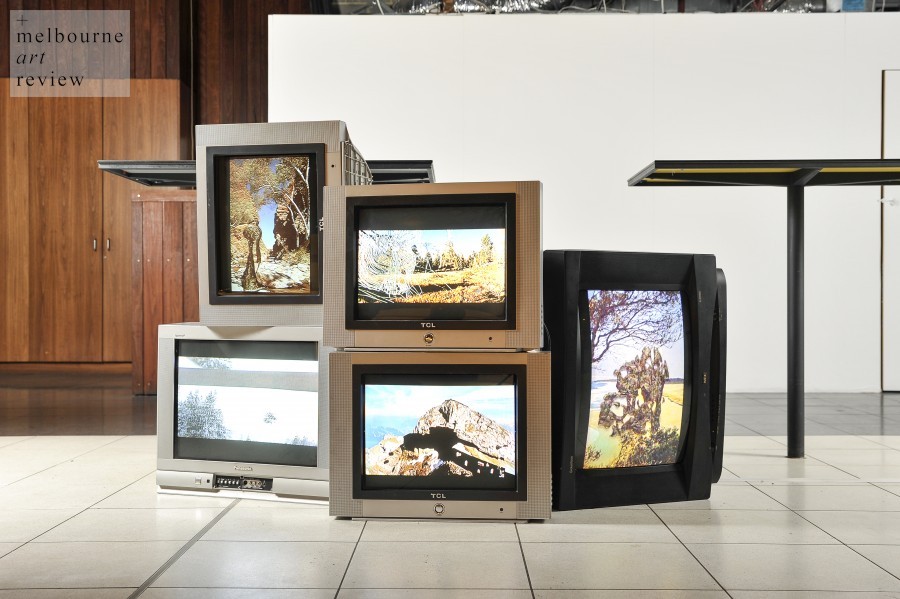
The Consequences of Success (detail), 2014.
Toffee, black sugar, due, withered Australian native bouquet, cotton table cloth, ropes.
Photograph by Brent Edwards.
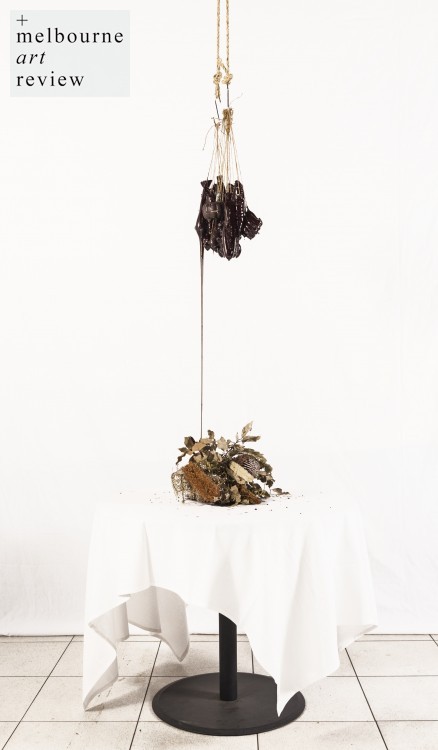
The Consequences of Success (detail), 2014.
Toffee, black sugar, due, ropes.
Photograph by Brent Edwards.
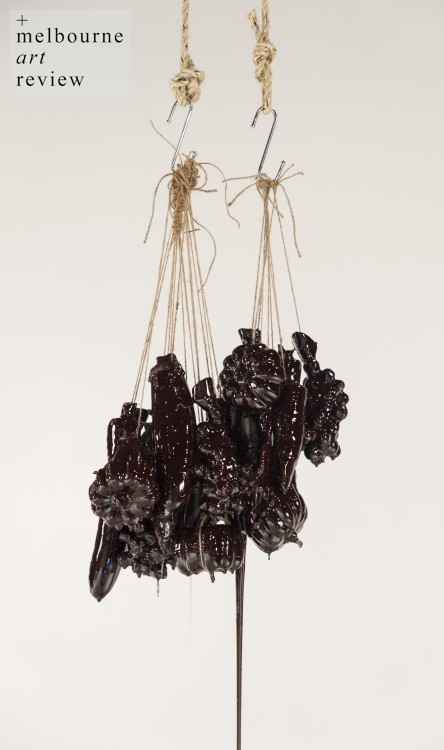
Installation view, The Consequences of Success at the Food Court ARI, 2014
Photograph by Brent Edwards
